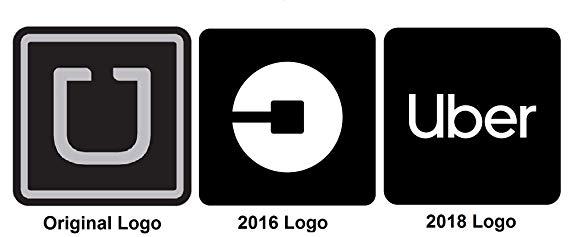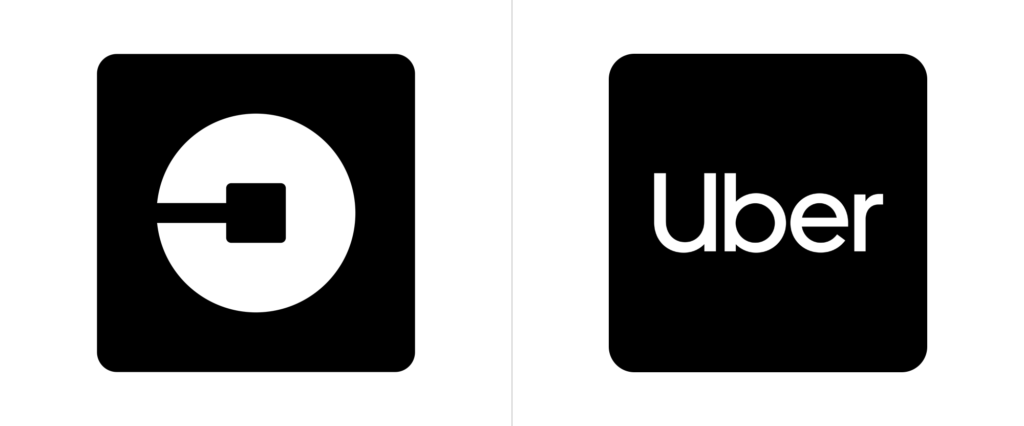 Uber’s Silicon Valley branding didn’t scale globally. For the second time in three years (2018), Uber finds itself in the midst of a brand overhaul unlike any other. A new brand strategy and identity was in store and the Uber logo, in particular, has been tweaked over time, but it was still an imposing, all-caps monolith. The word UBER was a visual manspread, evoking the members-only corporate club from Uber’s roots as an on-demand black car service for Silicon Valley’s elite. The app icon was a confounding, highly controversial circuitboard thing that seemed only tangentially related.
Uber’s Silicon Valley branding didn’t scale globally. For the second time in three years (2018), Uber finds itself in the midst of a brand overhaul unlike any other. A new brand strategy and identity was in store and the Uber logo, in particular, has been tweaked over time, but it was still an imposing, all-caps monolith. The word UBER was a visual manspread, evoking the members-only corporate club from Uber’s roots as an on-demand black car service for Silicon Valley’s elite. The app icon was a confounding, highly controversial circuitboard thing that seemed only tangentially related.
The task was to make the brand more global. The timeframe: now.
When Uber decided it was time to scale across the globe, the team at Uber needed to understand just why the brand failed in markets outside the US. The first stop, India, where the team found Uber drivers on scooter, bikes, and run down cars with confused passengers at odds as to which Uber was theirs to ride. The old monolith UBER that had dominated the landscape was lost in translation, a logo that spoke to passengers expecting the big executive car.

Varying typefaces make the word “Uber” more legible to everyone, as it’s easier to read letters of different shapes and sizes–and crucially, it enhances the difference between the first and last letters of the word, which your brain scans first, and keeps words legible even when misspelled. Uber is trying to proof its logo against spelling mistakes. Rounded geometries make the whole logo look friendly (a look other global companies like Google and Airbnb have also embraced).
The team developed an accompanying typeface–an extension of the brand identity that could live in every letter of every means of communication.They began digging into historical typefaces of transportation, like the U.S.’s own Highway Gothic and the German traffic typeface DIN. With these typefaces and varying fonts, Uber found that reading and utilizing the app became easier.
The result: a smooth, inviting, and sleek logo that captures all audiences. But, is it working?

